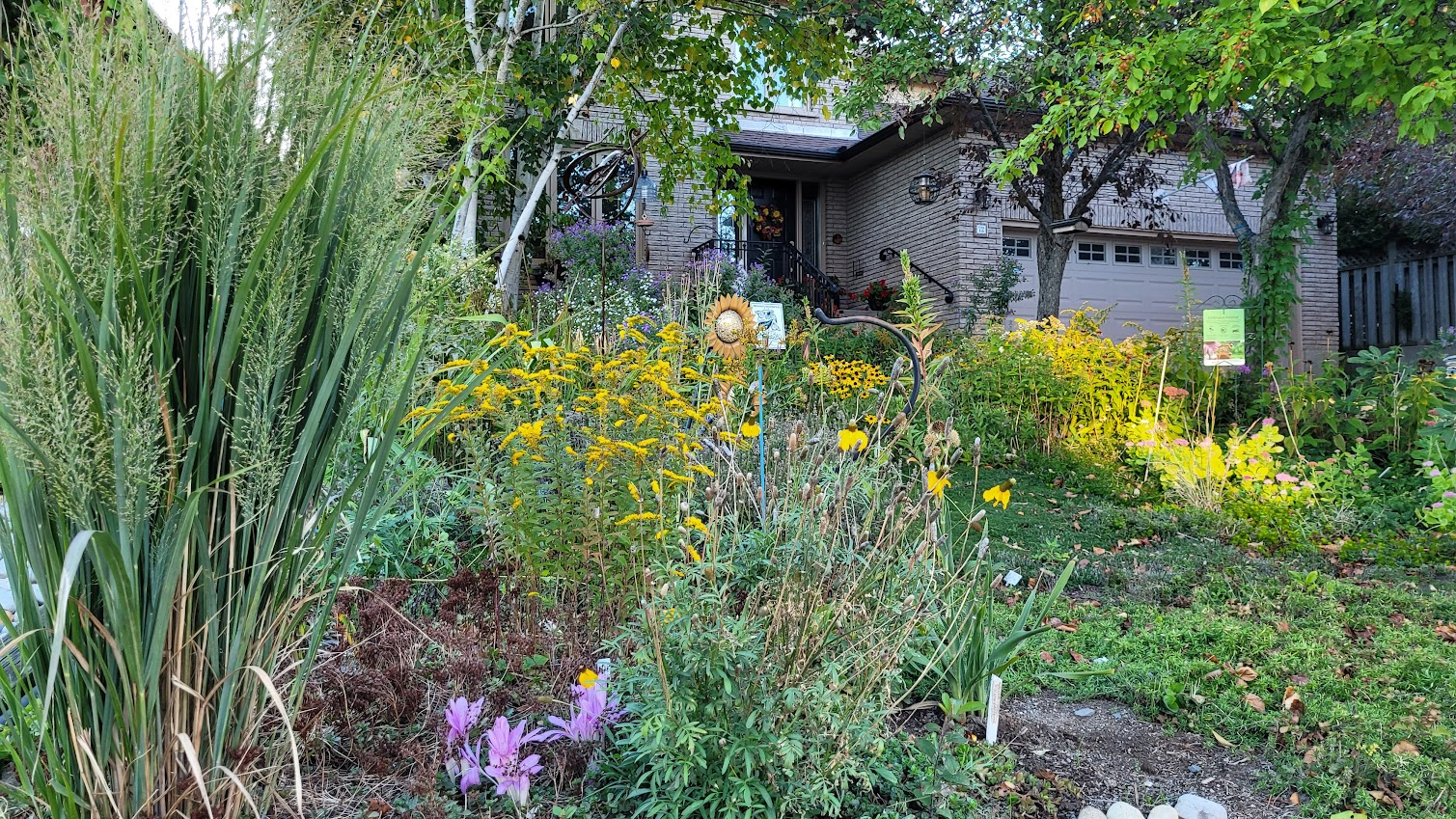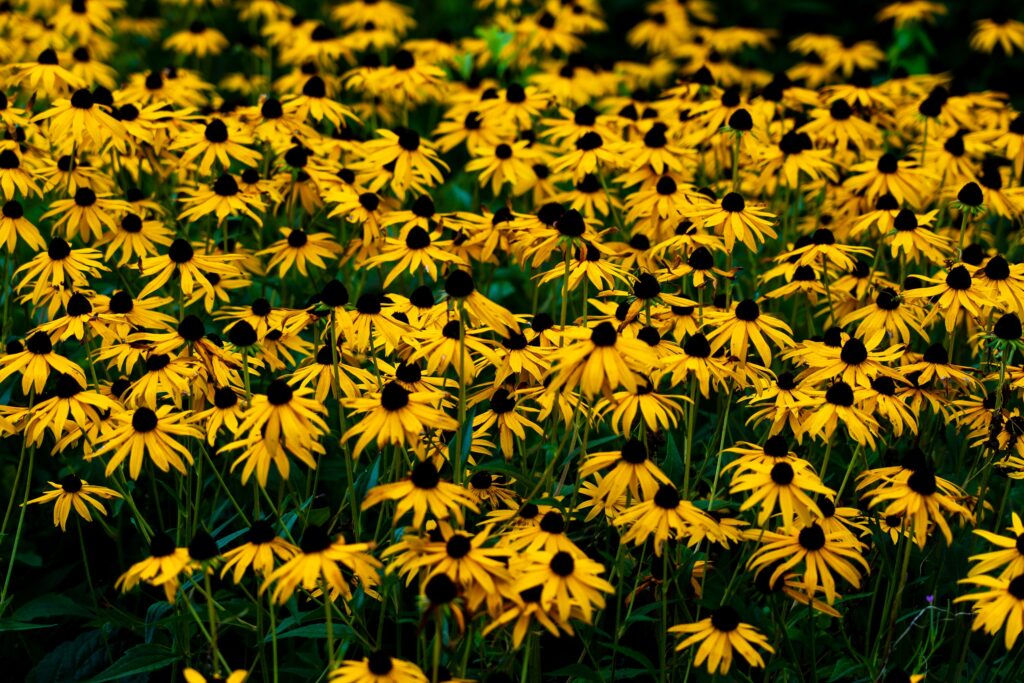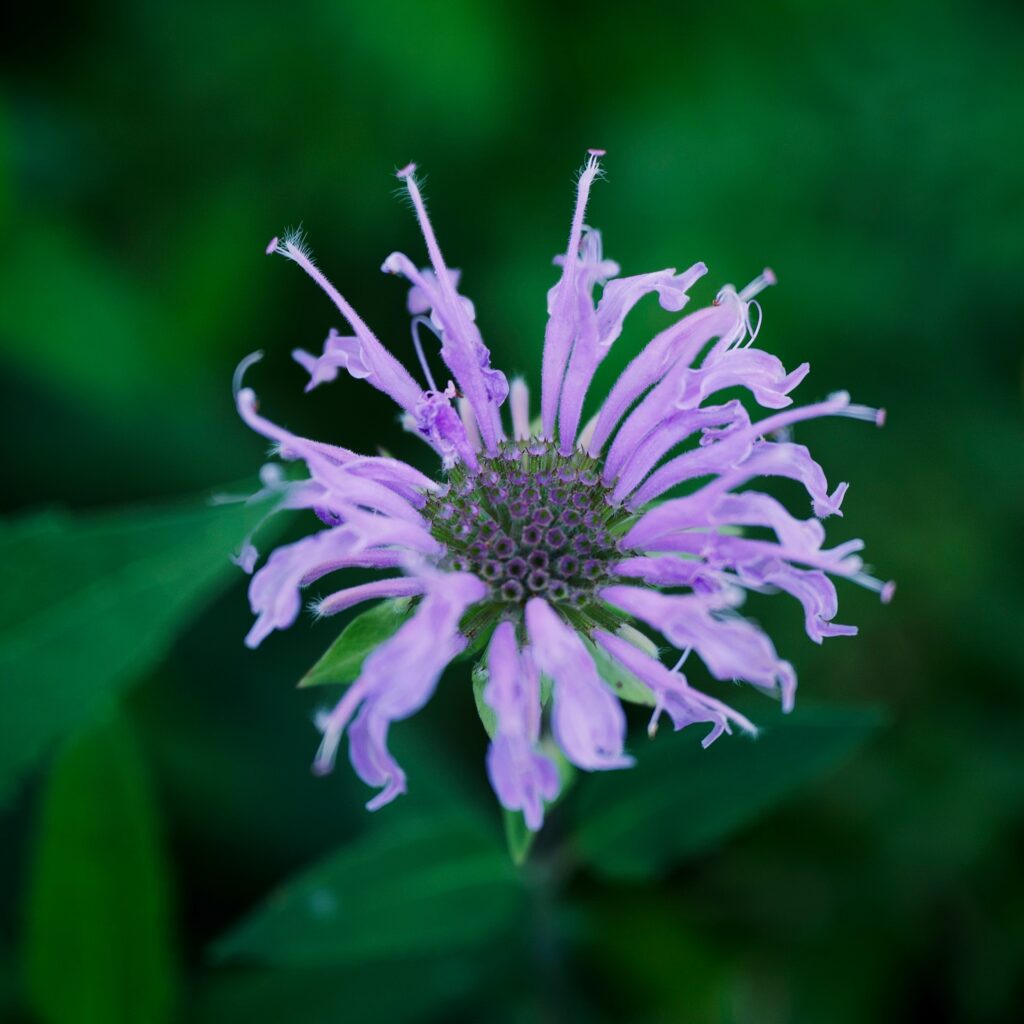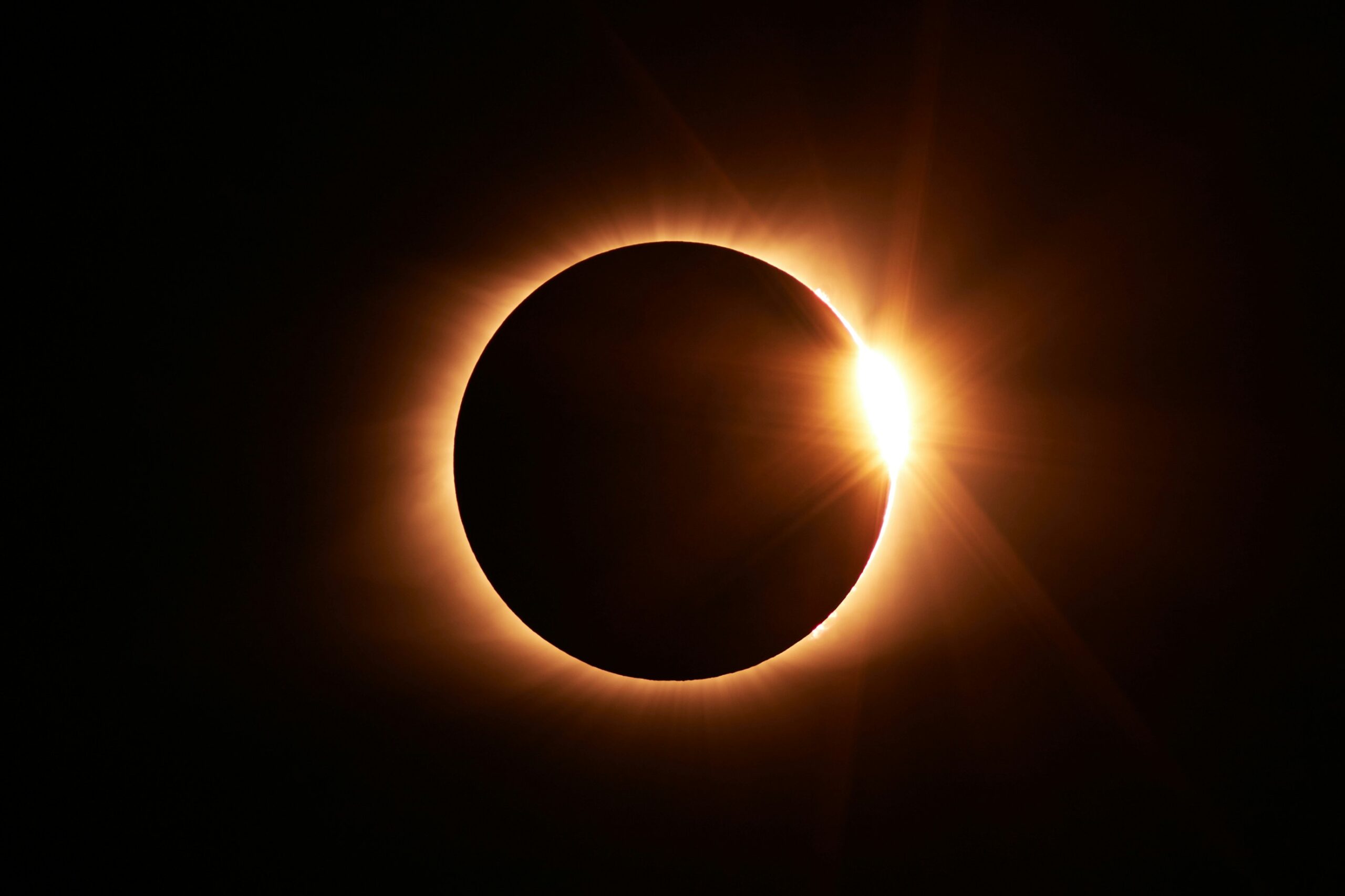By Claudette Sims, Halton Master Gardener
Spring is a season of renewal and the ideal time to rethink your garden. Are there disappointing areas where plants are just not thriving? Are there invasive plants that need to be removed and replaced? Are you rethinking your relationship with nature and dreaming of a garden that supports wildlife as well as people? Here are some ideas on how to effect change that will transform your garden into the haven of your dreams.
Start with smart plant choices
Make “the right plant for the right place” your new mantra. It has taken me a long time to realize that going to the nursery and buying plants based on what catches my eye does not always end well. Despite adding amendments, the rhododendrons I planted in my clay soil have never thrived and I’ve been left with sad, sulking shrubs. Changing garden conditions to suit individual plants is like trying to house a goldfish in a gerbil cage — it just doesn’t make sense. There are plenty of great plants that will happily grow in clay/sand, moist/dry or sun/shade conditions, so why complicate things? Where possible, find plants grown and available in your area.
Check our map of Ontario nurseries for vendors. Native plant nurseries appear first and are starred.
Choose plants that match your sun, soil, and moisture conditions. In Our Nature has an extensive list of plants for specific conditions, e.g. clay, shade, wet areas. Ontario Native Plants has a filter that allows you to choose plants that match your light, moisture, and soil type. They also have an online catalogue of wildflowers, trees, and shrubs with specific growing condition information. Heather Holm has excellent posters for similar conditions.
Check the growing zone information of plants. Hamilton and Burlington are in Zone 6a/b. Plant tags may have U.S. zone information, so to be safe, choose plants that are hardier than your zone, e.g., zone 5 or 4 or lower. Don’t know your growing zone? You can find it here.
Say no to invasive plants
There is increasing proof of the harm that non-native invasive plants cause to biodiversity, the economy, and even human health; for example, Japanese barberry is known to harbour ticks that spread Lyme disease. Spring is an ideal time to check for invasive plants as they are often green long before native plants have emerged. Be aware that nurseries are still allowed to sell invasive plants, so if you’re not sure which plants are invasive, check the Credit Valley Conservation Authority Priority Invasive Plants list before buying. Focus on removing Category 1 and 2 plants first as these have the most potential for harm. Check the Best Management Practices of the Ontario Invasive Plant Council for suggestions on how to remove invasive plants. As soon as an area has been cleared of invasive plants, fill it with non-invasive plants to prevent further invasion.
Choose native plants
When choosing new plants, consider native plants first. If you’re concerned that a native plant garden will look weedy, think again. Garden design is a function of the design, not the plants, and native plant gardens can be formal if that’s the look you prefer.
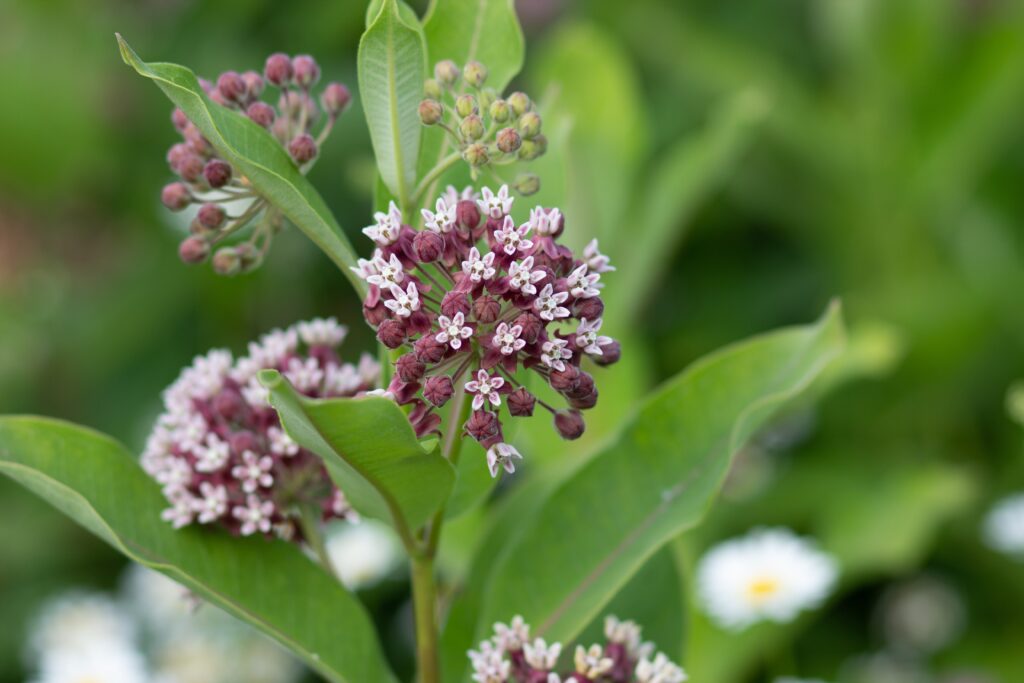
In Our Nature has a great downloadable resource called “Choosing the Right Native Plants for Your Yard.” Note: they do request your contact information.
Keystone plants support a larger number of native species and make great sense to include. Top Keystone Plant Genera in Eastern Temperate Forests – Ecoregion 8 includes trees, shrubs, and top pollinator, butterfly and moth host plants. For those who are very serious about planting historically native plants from our area, this is the list for reference: Oldham’s List of the Vascular Plants of Ontario’s Carolinian Zone (Ecoregion 7E).
Planning your garden for biodiversity
How you design and maintain your garden can make a huge difference. I used to talk about pollinator gardens, but now my emphasis has changed to biodiverse plantings that support pollinators as well as beneficial insects, birds, and animals — which in turn supports humans as well. We are all part of nature.
Include as many different species and types of plants as possible to support the maximum number of wildlife species. Planting in masses makes it easier for bees to find their favourite plants and also looks more intentional. Design your garden so that the beds are connected, rather than broken up. This helps wildlife navigate our fragmented ecosystems. Reduce your lawn by adding new garden beds using native plants. Add native plants in hard-to-manage areas such as slopes, wet or dry areas. Add “soft landings“: shrubs and plants under the dripline of trees. This is critical for many caterpillars to complete their life cycle. Soft landings also allow you to “leave the leaves” and provide habitat for insects that overwinter on leaves and litter. Use plants to create a “green” mulch. Spend less on mulching and more on plants!
Wildflowers
Wildflowers provide essential pollen and nectar resources for insects. In return, insects provide important pollination services for most plants, including many grown for food. Since most “bugs” eat other bugs, insects provide invaluable services controlling other insects. More insects also means more birds. Insects are the “little things that run the world” and are essential to our well being.
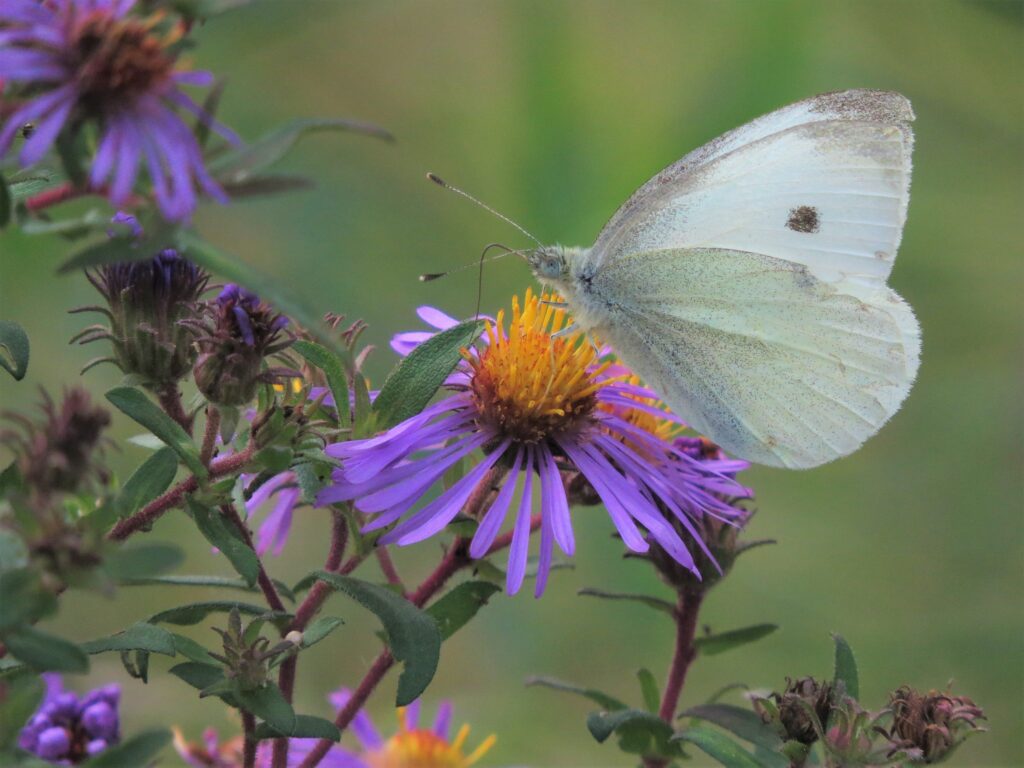
Pollen and sugar properties vary from one flower to another but native flowers provide the best options for our native insects and bees. Pollen is the more important floral resource and is essential for female bees to produce eggs and for bee health and disease resistance. Nectar is fuel (carbs) for bees and other insects and provides sugars, minerals, amino acids, and secondary metabolites. Heather Holm has numerous posters of wildflowers that support pollinators.
Trees and shrubs
Trees and shrubs are the foundation of a well-designed garden and can add interest all year long. Because of their size, trees and shrubs provide more generous nectar and pollen resources but also offer habitat as well as food in the form of berries, nuts, and seeds. Many shrubs and trees are the larval hosts to gorgeous butterflies and moths that are essential food sources for the young of native birds.
Further resources:
Recommended Native Trees and Shrubs
Recommended Native Wildflowers and Grasses
Butterfly Larvae Host Food Plants
Bee Sweet Nature Company larval host trees and shrubs

